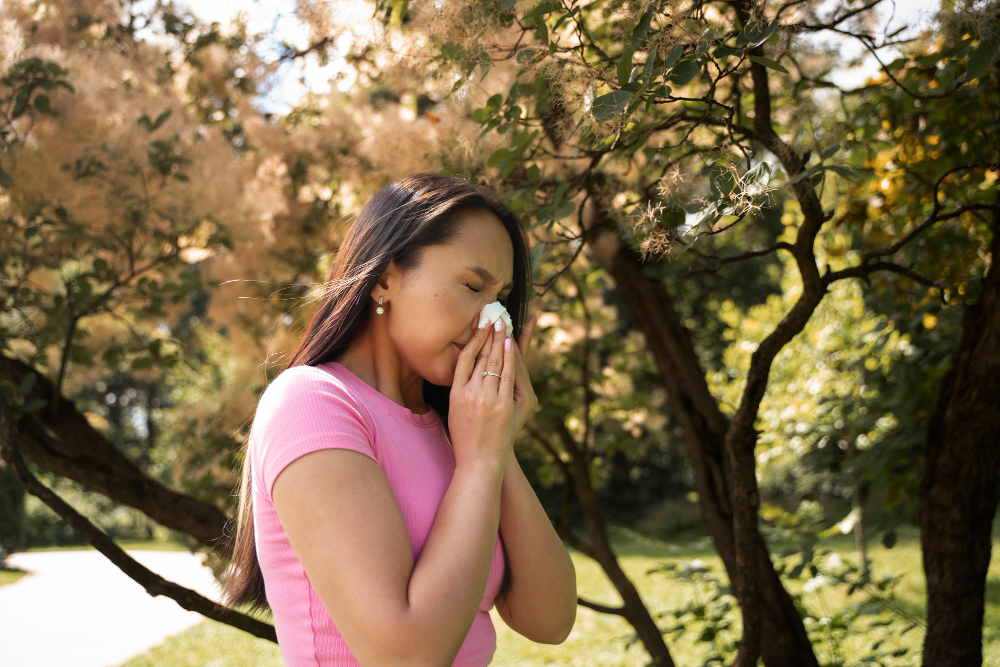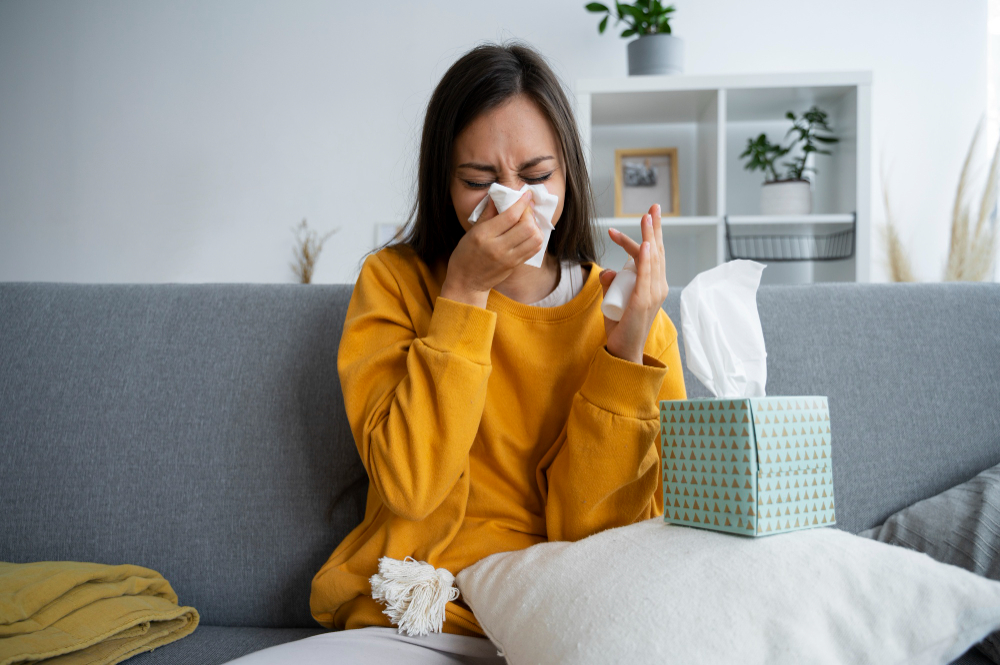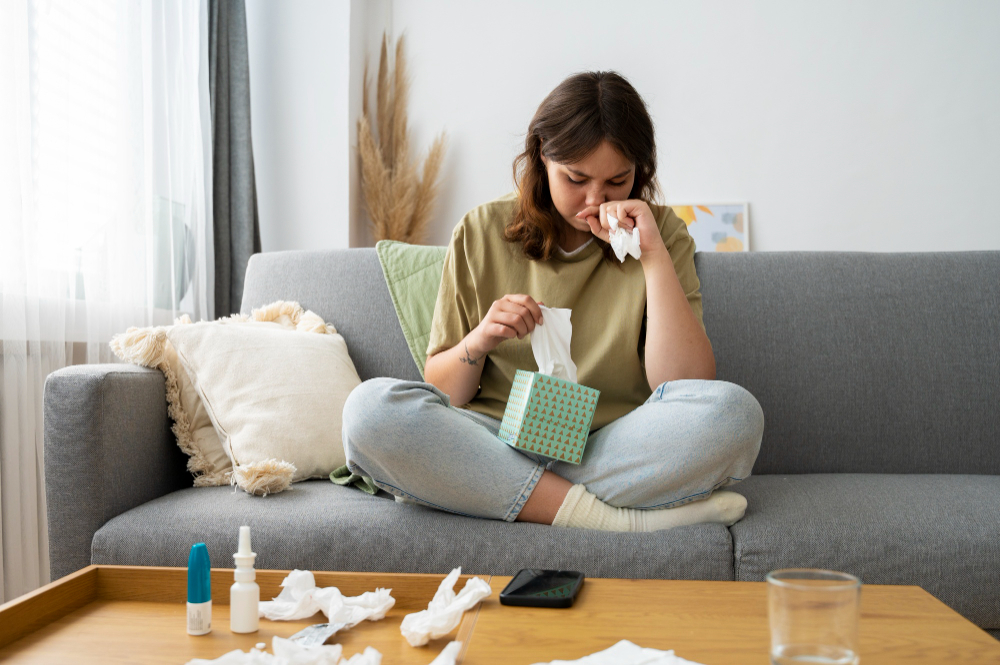Skin Cancer
Skin cancer rates
This year about 76,000 Canadians are expected to develop skin cancer, which is 30 percent more than 10 years ago. Furthermore, according to some estimates, 40 to 50 percent of Americans who live to age 65 will develop skin cancer at least once in their life. Disturbing facts, yes, but fortunately skin cancer is largely preventable and usually curable. Early detection is the key.
People at risk
Some people are more at risk of developing skin cancer than others. Risk factors for skin cancer include:
- having fair skin, fair hair, and blue, gray, or green eyes
- spending a lot of time outdoors
- having had previous sunburns, especially before the age of 18
- having skin with numerous moles or atypical moles
- having a close relative with skin cancer
Of course, you cannot change certain risk factors linked to heredity, such as your skin type. However, you do have control over how much you expose yourself to the sun.
Cause
Evidence now suggests that UV radiation can damage the DNA of a normal cell, even when the cell is exposed for only a short time. When the DNA is damaged, the cell tries to repair itself. If it can’t, it may become dysfunctional. There is typically a 10 to 30 year lag time between the excessive damage by UV radiation and the clinical appearance of skin cancer.
Symptoms
The skin spots, lesions, or tumours that appear in skin cancer come in a variety of forms, some of which are listed here:
- A slow growing pearly nodule or round pink lump, possibly surrounded by blood vessels, with an ulceration in its center and pigmentation.
- A flat or slightly depressed lesion that is hard to the touch, possibly yellowish with poorly defined margins.
- Slow growing reddish, scaling plaque that may resemble dermatitis or psoriasis; it may be itchy and slow to heal.
Report any suspicious looking lesions to your doctor, especially if you are one of those at risk. Be wary of any spot on your skin – typically (but not necessarily) on the face, head, and neck – that changes size, shape, or colour over a period of 1 month to 2 years.
Detection
Do a total body check using a full-length mirror and a hand mirror once a month. Examine all spots or patches with a critical eye using what is now commonly referred to as the ABCDs of skin cancer:
- “A” is for Asymmetry – one half of a mole that is unlike the other half.
- “B” is for Border – the border or edges of the mole are irregular, scalloped, or poorly blurred.
- “C” is for Colour – the spot varies from one area to another, displaying differing shades of brown, or black, sometimes with patches of white, red, or blue.
- “D” is for Diameter – the spot is larger than 6mm as a rule (the diameter of a pencil eraser) or is growing.
Many doctors recommend that people at risk should have their skin examined every 3 years between the age of 20 and 40 and every year after age 40.
Prevention
Stay away from tanning machines; there is no such thing as a healthy tan. Reduce exposure to the sun when its rays are strongest: between 10 a.m. and 4 p.m. Ultraviolet rays can penetrate clouds and cause sunburn or damage even on cloudy days. When outdoors, remain in the shade as much as possible, and watch for reflecting surfaces like sand, water or snow.
- Slip on a shirt…over your skin to protect it from the sun; wear loose-fitting, tightly woven, lightweight clothing.
- Slop on sunscreen…with SPF (sun protection factor) 15 or higher – that provide good protection against UVA too. Apply it 15 to 20 minutes before you go outside and reapply often, especially after swimming or exercise; protecting skin with sunscreen, especially during childhood, can decrease the risk of non melanoma cancer by 78 percent.
- Slap on a hat…with a wide brim that covers your head, face, ears, and neck.
In February 2004, Canada adopted World Health Organisation’s updated UV Index for the public forecasting program. Watch for it to help you protect yourself appropriately. Keep in mind that the higher the UV Index number the stronger the sun’s rays, and the greater the need to take precautions. And remember: Eighty percent of your life exposure to sun occurs during the frequent but short trips outside to go to work or run errands.
Types of skin cancer
Basal Cell Carcinoma (BCC): This is the most common cancer and most common skin cancer, accounting for more than 75 percent of all skin cancers. It grows from the bottom (basal) layer of the epidermis (the outer layer of the skin) and almost always appears on sun-exposed skin, such as the forehead, hands, lips, or tops of the earlobes. Traditionally associated with older people, basal cell carcinoma is now seen in more young adults than in the past.
Squamous cell carcinoma: This cancer grows from the top layers of skin, and also results from excessive sun exposure as well as pipe and cigar smoking and some petroleum products. It can occur anywhere on the body as small, usually painless (but sometimes bleeding), skin ulcer or irregularity. It is common around the mouth and on the lip. It is sometimes preceded by a precancerous condition known as actinic keratosis, which appears as rough, brown, or red scaly patches.
Malignant melanoma is the deadliest form of skin cancer, but is also the least common. As with basal cell and squamous cell cancers, it is usually caused by excessive sun exposure. It runs in families and often arises in a pre-existing mole. Having a fair or freckled complexion naturally increase the risk even further.
Diagnosis
Your doctor can usually tell by looking at a suspected lump or spot whether skin cancer is a possibility and will take a skin sample if there is any doubt.
Always practice safe sun precautions.
For more information or for support :
Canadian Cancer Society
Want To Know More

ALLERGIES: CAUSES, SYMPTOMS, AND TREATMENTS
Learn about their causes, common symptoms, and effective treatments to find relief. Delve deeper into understanding allergies and how to manage them.
Read More

Treating Seasonal Allergies
Discover effective strategies to alleviate symptoms and enjoy a more comfortable allergy season. Explore in-depth guidance on managing seasonal allergies for a healthier, happier life.
Read More

Indoor Allergens
Explore ways to address and reduce indoor allergens for a healthier living environment. Dive into comprehensive information on managing indoor allergies and enhancing your indoor air quality.
Read More

Seasonal Allergy Peak Times
Understand when and why seasonal allergies tend to worsen, and learn how to prepare and manage symptoms during these challenging periods.